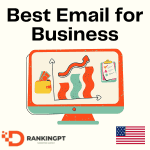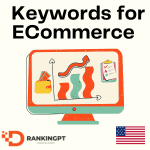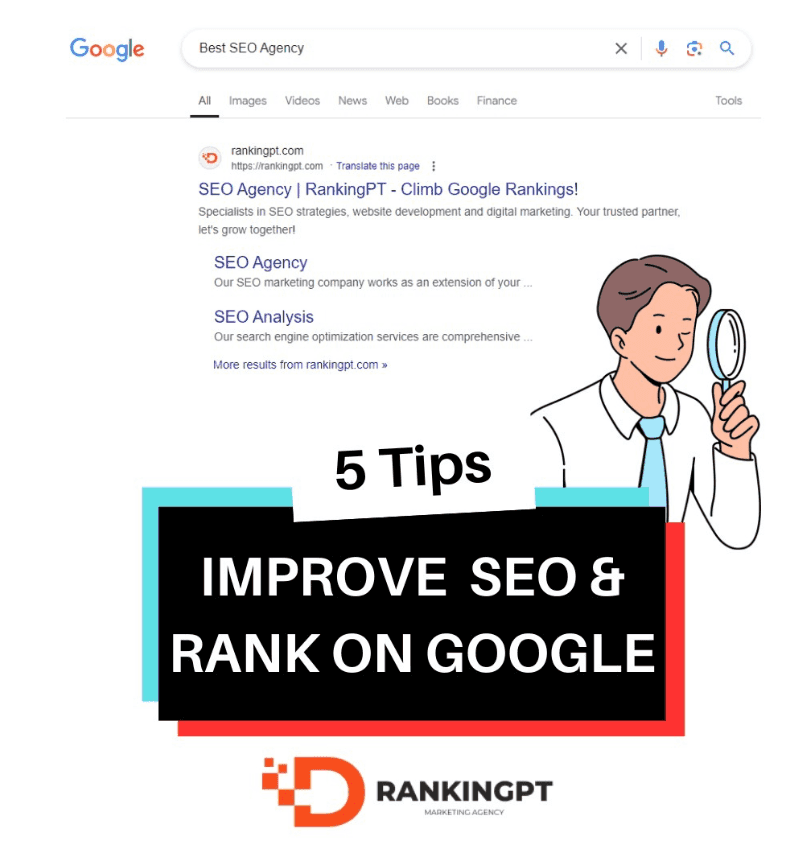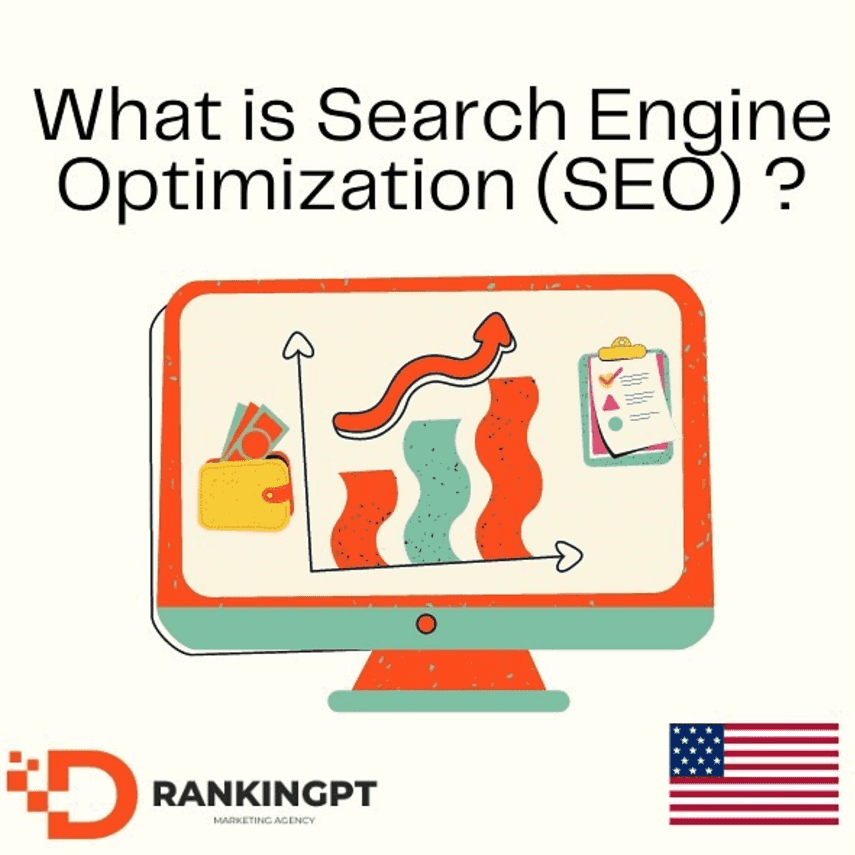How has AI grown within Google Ads?
AI is becoming an increasingly integral part of our daily lives, and Google is no exception. Google Ads has been leveraging AI—particularly machine learning—for years, meaning digital marketers have been incorporating this technology into ad creation, audience segmentation, and ongoing campaign refinement.
Using AI in PPC allows advertisers to analyze user behavior, predict future outcomes, automate various marketing functions, and craft personalized ad content. This enhances key processes such as keyword selection, bid strategy, and ad placement—ensuring campaigns are optimized in real time.
As AI continues to advance, its ability to enhance PPC performance will only become more pronounced.
In this post, we’ll examine how to effectively integrate AI into your PPC strategy.
How has AI evolved within Google Ads?
As previously mentioned, AI is not a new concept in Google Ads. While AI has recently become a hot topic across industries, Google has been utilizing machine learning—one of its key branches—for more than a decade.
To clarify, machine learning is a subset of AI, and Google Ads has consistently incorporated this technology into its platform. Although there may be some skepticism, it’s evident that Google has been relying on AI-driven tools for a long time.
Let’s take a look at how Google Ads first started integrating AI…
Automated Bidding and Enhanced CPC
The integration of AI in Google Ads arguably began in 2010 with the introduction of automated bidding. This system was designed to simplify the bidding process by eliminating guesswork and manual adjustments.
This paved the way for Enhanced CPC, which marked the beginning of AI-powered automation within the platform, using machine learning to refine bidding strategies.
Smart Bidding Strategies
Building upon automated bidding, Google introduced smart bidding strategies in 2016. With the help of machine learning, advertisers could now optimize their bids to maximize conversions. Additionally, they could fine-tune campaigns by focusing on target cost per acquisition (CPA) or return on ad spend (ROAS).
Google’s algorithm considers various factors to determine the most effective bidding strategy, including:
- Age
- Gender
- Device
- Location
- Time of day
- Day of the week
Over time, these features have been refined and expanded, becoming integral to campaign types like Google Shopping, YouTube, and Discovery Ads.
Advanced Machine Learning
As AI capabilities have improved, so have Google’s automated tools. Many manual bid adjustment options have been replaced with more sophisticated machine learning models, making automated bidding the standard approach.
Currently, campaign types like Performance Max rely almost entirely on machine learning, further cementing AI’s role in PPC advertising.
AI-Powered Campaign Creation
Google has introduced various AI-driven tools that simplify the campaign creation process. Now, advertisers can start building campaigns by simply inputting a website’s product or service URL.
The platform will then generate suitable keywords, headlines, descriptions, and visual elements, allowing advertisers to review and implement relevant suggestions.
Performance Max campaigns exemplify the power of AI-driven advertising. According to Google, advertisers who adopt this campaign type typically experience an 18% increase in conversions at a comparable cost.
To streamline the process further, Google now allows advertisers to enter a business description, which AI then uses to generate ad copy recommendations.
AI in YouTube Advertising
YouTube has also benefited from AI-driven advancements, particularly in video creation tools. These features help advertisers edit and optimize their video ads effortlessly.
Capabilities include:
- Trimming video content
- Flipping videos for different formats
- Adding voiceovers and background music
These enhancements allow brands to create high-quality, engaging video ads that align with their audience’s preferences.
Challenges of AI-Powered Ad Tools
Despite its advantages, AI-powered ad creation has its limitations. If businesses do not provide detailed descriptions, the generated ad copy may lack relevance or creativity. Since AI cannot fully grasp the nuances of highly specific businesses, manually refining the content is often necessary.
For businesses with a broad range of products or services, Google’s AI may not always select the most appropriate audiences or keywords. Therefore, advertisers should always review and refine AI-generated content to maintain quality and brand consistency.
AI in Video Creation
Google has also introduced AI-assisted video creation to help advertisers without large budgets remain competitive. While this provides an opportunity for greater visibility, the quality of AI-generated video content is crucial.
If competitors are producing high-quality video ads while AI-generated ones appear generic or low-quality, the campaign’s effectiveness may suffer.
Enhanced Audience Targeting
AI has significantly improved audience targeting capabilities. By analyzing vast amounts of data, Google can predict when and where to show ads for maximum impact.
The AI system considers various factors to determine the likelihood of conversion and adjusts bids accordingly. This approach is particularly effective for accounts with substantial conversion data.
While AI can automatically determine the best audiences to target, advertisers can enhance results by providing Google with audience signals, refining demographic targeting, and excluding irrelevant audiences.
Performance Max campaigns take this even further, allowing AI to autonomously determine the best audience, timing, and placement for ads.
Considerations for New Businesses
For new businesses with limited ad data, Google’s AI may struggle to optimize campaigns effectively. Similarly, companies with diverse offerings may find that AI does not always prioritize the most relevant keywords or audiences.
This is why providing audience signals and refining campaign inputs is essential. While Google’s AI has the final say on targeting, guiding the algorithm with relevant data increases the chances of success.
AI-Generated Images in Google Ads
Google has also expanded its AI capabilities to include image generation. Advertisers can now:
- Create new images
- Replace backgrounds
- Enhance visuals automatically
- Generate ad creatives in multiple sizes
This AI-driven feature enables marketers to produce high-quality images without needing professional design skills. However, since the tool is still in BETA, some issues may arise.
Quality vs. Competition
As with AI-generated text, the quality of AI-generated images is a key consideration. If the output is generic or misaligned with a brand’s identity, using the tool may not be the best option—regardless of its convenience.
Measuring the Success of AI-Powered Ads
While AI-powered tools can enhance PPC campaigns, it’s essential to track performance metrics to determine their effectiveness.
Key metrics to monitor include:
- Adoption rate
- Interaction rate
- Session duration
- Queries per session
- Abandonment rate
- Customer feedback
Final Thoughts
The integration of AI into Google Ads is transforming the PPC landscape. Over the past year, AI-driven features have become more refined, enabling marketers to focus on strategic planning rather than manual optimization.
However, while AI enhances efficiency, human oversight remains crucial. Without proper refinement, AI-generated ads may lack personality, visual appeal, or audience resonance.
Looking for expert guidance to navigate Google Ads' evolving AI landscape? Learn more about our PPC services or contact our team today!





